The biggest difference between new energy vehicles and traditional vehicles is the use of batteries as the power drive, so the technology of power batteries is the core of new energy vehicles.
What is the core technology of BMS?
Recently, I saw a publicity card of a domestic enterprise. Because of the underlying software such as the AUTOSAR software architecture, it claimed to “fully master the BMS software and hardware technologyâ€, “reach the world advanced levelâ€, and “use multiple equalization control capabilitiesâ€. Very attractive to the eye. Are these things the core technology of BMS?
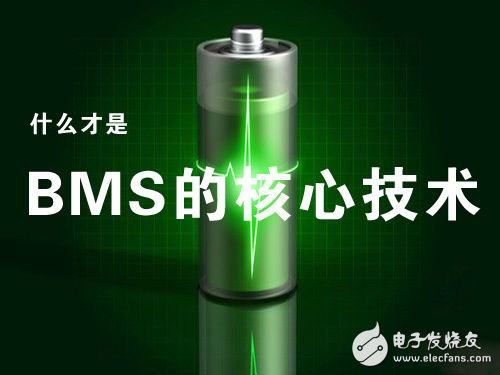
Generally, a BMS system usually includes a detection module and an operation control module.

Detection refers to measuring the voltage, current and temperature of the cell and the voltage of the battery pack, and then transmitting these signals to the arithmetic module for processing and issuing commands. So the arithmetic control module is the brain of the BMS. Control modules typically include hardware, basic software, runtime environment (RTE), and application software. The most central part is the application software. The environment developed with Simulink is generally divided into two parts: battery state estimation algorithms and fault diagnosis and protection. State estimation includes SOC (State Of Charge), SOP (State Of Power), SOH (State of Health), and equalization and thermal management.
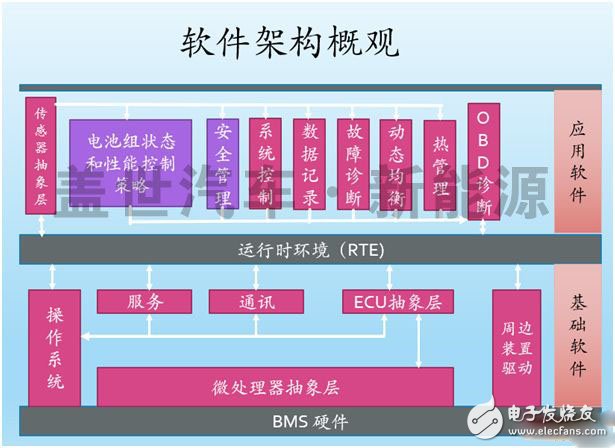
Battery state estimation is usually estimated by SOC, SOP, and SOH. SOC (charge state) is simply how much power is left in the battery; SOC is the most important parameter in BMS, because everything else is based on SOC, so its accuracy and robustness (also called error correction) Ability) is extremely important. If there is no precise SOC, adding more protection functions will not make the BMS work properly, because the battery will often be protected and the battery life will not be extended.
In addition, the accuracy of SOC estimation is also very important. The higher the accuracy, the higher the cruising range for batteries of the same capacity. Therefore, high-precision SOC estimation can effectively reduce the battery cost required. For example, Chrysler's Fiat 500e BEV can always discharge SOC = 5%. It became the electric car with the longest cruising range at that time.
The figure below is an example of algorithm robustness. The battery is a lithium iron phosphate battery. Its SOCvs OCV curve varies by only 2-3 mV in the SOC from 70% to 95%. The measurement error of the voltage sensor is 3-4mV. In this case, we intentionally let the initial SOC have a 20% error and see if the algorithm can correct the 20% error. If there is no error correction function, the SOC will follow the curve of the SOCI. The SOC output by the algorithm is the Combined SOC, which is the solid blue line in the figure. CalculatedSOC is the true SOC that is pushed back based on the final verification result.

The SOP is the maximum discharge and the power that the battery can provide at the next moment, such as the next 2 seconds, 10 seconds, 30 seconds, and continuous high current. Of course, this should also consider the effect of continuous high current on the fuse.
Accurate estimation of SOPs maximizes battery utilization. For example, when braking, you can absorb as much energy as possible without harming the battery. Greater power can be supplied during acceleration to achieve greater acceleration without harming the battery. At the same time, it can also ensure that the car will not lose power due to undervoltage or overcurrent protection during driving, even when the SOC is very low. In this way, the so-called primary protection secondary protection is in the face of accurate SOP. It is not that protection is not important. Protection is always needed. But it can't be the core technology of BMS. Accurate SOP estimation is especially important for low temperatures, old batteries, and very low SOC. For example, for a well-balanced battery pack, the SOC may be very small, such as 1-2%, at a relatively high SOC. However, when the SOC is low, there is a case where a certain battery voltage drops rapidly. The voltage of this cell is even more than 1V lower than other battery voltages. To ensure that each cell voltage is always not lower than the lowest voltage given by the battery supplier, the SOP must accurately estimate the maximum output power of the cell that is rapidly declining at the next moment to limit battery usage and thereby protect the battery. The core of the estimated SOP is to estimate each equivalent impedance of the battery online in real time.
SOH refers to the health of the battery. It consists of two parts: the change in capacity and power. It is generally believed that when the ampere capacity is attenuated by 20% or the output power is attenuated by 25%, the battery life is up. However, this is not to say that the car cannot be opened. For the pure electric vehicle EV, the estimation of the hourly capacity is more important because it is directly related to the cruising range and the power limitation is only important at low SOC. For HEV or PHEV, the change in power is more important because the battery's ampere capacity is small and the power available is limited, especially at low temperatures. The requirements for SOH are both high precision and robust. And there is no point in the absence of robust SOH. If the accuracy is less than 20%, it makes no sense. The estimation of SOH is also based on the estimation of SOC. So the SOC algorithm is the core of the algorithm. The battery state estimation algorithm is the core of the BMS. Everything else is for this algorithm. So when someone claims to break through or master the core technology of BMS, what should he ask him to do BMS? Is the algorithm still actively balanced or only the hardware and underlying software of the BMS? Or just propose a way to structure a BMS?
Some people say that Tesla is a cow because its BMS can manage 7104 batteries. Is this the place for cattle? Is it really managing 7104 batteries? Tesla model S does use 7104 batteries, but only 96 knots in series, only one battery in parallel can be counted in parallel. why? Because other companies' battery packs only count the number of series instead of the number of parallels. Why is Tesla special? In fact, if you understand Tesla's algorithm, you know that Tesla's algorithm not only requires a large number of operating data calibrations, but also does not guarantee the accuracy of the estimation in any case, especially after the battery has aged. Of course, Tesla's algorithm is much better than almost all domestic BMS algorithms. The domestic BMS algorithm almost always uses the current integral plus the open circuit voltage to calculate the initial SOC with the open circuit voltage, and then uses the current integral to calculate the change of the SOC. The problem is that if the voltage at the starting point is wrong, or if the capacity is not accurate, is it necessary to correct it until it is full again? Is the voltage error at the starting point wrong? Experience tells us, yes, although the probability is very low. If you want to be sure of nothing, you can't just rely on the exact starting point voltage to ensure that the starting SOC is correct.
Where is the problem of China's new energy vehicle equilibrium?
Last year, an active equalization technology selected by experts won a lithium battery Golden Globe Award. The reason is that its core technology - active balancing technology can extend battery life by 30% of the cruising range of 20%. This is not reliable. Because it is impossible to quantify. Who can you extend your life by 30%? Is it more meaningful than yourself? Is there a balance ratio? Then your level is far worse. Compared with others, it should be meaningful with the best. There is no balance problem in the BMS that does not say the best in the world. How do you extend your life by 30%? The same is true for extending the cruising range. For example, Chrysler's Fiat500e, its SOC allows to be placed at 5%. How do you extend the 20% cruising range? Going further, is active balance difficult? Hardware In 2008, TI sold its active equalization IC to the company I was in. The algorithm is nothing more than equalization of the modules to the battery and equalization of the batteries between the different modules. General Motors has completed simulation verification as early as 6-7 years ago. Even the articles are there. From the perspective of the algorithm, there is absolutely no difficulty at all. Moreover, the active equilibrium is not on the Internet at all. "The active balancing function has always been the killer of foreign products." Why do you basically not need to actively balance in foreign countries? Mainly considering the cost issue. If passive equalization can be done, why should we use active balancing? Why do you strongly advocate active balance in China? The author believes that the main passive balance is uncertain. Speaking of passive equilibrium, most people told the author that it is because the quality of the domestic battery is too poor. But by talking to the author, I found that the root cause is that the concept is unclear and the method is wrong. Otherwise, how can the balance be more balanced and worse when driving? The effect of the balance can be calculated. The so-called multiple equalization technology clearly shows that there is no means to achieve equilibrium. Some people say that passive equalization wastes a lot of electricity. So not good. Taking a 96-cell battery pack as an example, we can figure out how much power is wasted by passive equalization in the worst case. If the equalization current is 0.1A, a battery will waste about 0.4W when it is equalized. In the worst case, there are 95 batteries that need to be discharged, so the worst case is 0.4X95=38W. Not as good as a headlight (about 45 watts) of a car. If it is not the worst case, maybe only a few dozen or even a few watts is enough. So, although passive equalization wastes a bit of electricity, if it can greatly extend the life of the battery, why not? Others say that the 0.1A current is too small for a relatively large battery capacity. If we can eliminate the imbalance in the bud, there will be no inability to do so. If the cell itself is no longer working properly, either active or passive equalization is powerless. Therefore, the consistency of the battery cannot be completely blamed. You also need to find reasons from yourself. There are two PHEV cars in the car I have ever done. The SOC difference in the battery pack is only 45% after only a few months. And because of the SOC, SOP problems, the car often breaks down on the road. The company agreed that it was a battery quality issue and agreed to replace the battery supplier. But I just changed the algorithm and solved the problem of equilibrium. And it is done when the company clearly stipulates that charging is not allowed. Because there is already a car that has an accident due to a battery problem. The difference in cell SOC in the battery pack was reduced from 45% to 3%. Now the car has traveled more than 100,000 kilometers. The problem of anchoring has never happened.
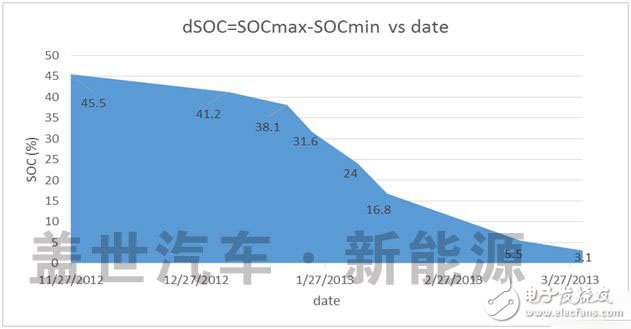
What kind of algorithm is the core technology?
From a control point of view, a good algorithm should have two criteria: accuracy and robustness (correction capability). The higher the accuracy, the better the reason is not to say here. The aforementioned current integral plus open circuit voltage is actually corrected with open circuit voltage, but this method is obviously far less robust than online real-time error correction. This is why large foreign companies are using online real-time estimation of open circuit voltage to achieve online real-time error correction.
Why emphasize real-time online estimation here? Where is the benefit? All the equivalent parameters of the battery are estimated by real-time online estimation to accurately estimate the state of the battery pack. Real-time online estimation greatly simplifies battery calibration. This makes it possible to accurately control the state of the battery pack that is not very consistent. Real-time online estimation enables both high-accuracy (Accuracy) and Robustness or error correcTIon capability for both new and aged batteries.
Some people in China often don't know what other people's algorithms are. When a certain manufacturer produces certain parts of BMS for a certain factory, they think that they have mastered the core technology of BMS. This is not true. Those publications that cost tens of thousands of dollars to buy reviews the BMS of each manufacturer, regardless of the BMS algorithm or the difference in core technology, the actual meaning is too small. Just looking at the BMS for a well-known OEM is considered a cow, and I don't know what to offer in the BMS. I don't know if there is a kind of psychology.
What are the characteristics of the best BMS in the world? It can estimate the battery parameters of the battery pack online in real time to accurately estimate the SOC, SOP, SOH of the battery pack, and can correct the error of the initial SOC exceeding 10% and the error or percentage of the overtime capacity exceeding 20% ​​in a short time. The current measurement error of several. When General Motors developed the Volanda six years ago, it did an experiment to test the robustness of the algorithm: removing 3 strings of battery packs connected in parallel, and increasing the internal resistance by 1/3. The capacity is reduced by 1/3. But BMS doesn't know. The result is that the SOC, SOP, and SOH are all corrected in less than one minute and then accurately estimated. This not only illustrates the algorithm's powerful error correction capabilities, but also shows that the algorithm can maintain the estimation accuracy throughout the life of the battery.
For the computer, if there is a blue screen, we usually only need to restart the computer. However, for a car, the probability of a breakdown is only one in ten is unacceptable. Therefore, unlike publishing articles, automotive electronics need to be guaranteed to work under all circumstances. To make a good algorithm requires a lot of effort to solve the situation where the probability of occurrence is only one in a thousand, one in ten thousand. Only in this way can we guarantee nothing. For example, when the car is driving at high speed on the Panshan Highway, everyone knows that the battery model will be invalid. This is because the continuous high current will quickly consume the charged ions on the surface of the electrode, and the internal ions will not be able to diffuse out, and the battery voltage will drop sharply. It is estimated that the SOC will have a large error and even have an error of more than 10%. The precise mathematical model is the diffusion equation in the textbook of mathematical physics. But it can't be used in the car because the amount of calculation of the numerical solution is too large. BMS has insufficient CPU computing power. This is not only an engineering problem, but also a mathematical and physical problem. Solving such technical problems can resolve almost all known polarization problems that affect battery state estimation.
The state estimation technology of BMS is the core technology of BMS. Although it has been six years, there is still no supplier in the world that can achieve such high precision and high level of robustness to ensure the battery is safe. Even the red and purple Tesla is far behind. This is not bragging. Tesla fans must have heard of Tesla’s deportation on Beijing Street. Tesla's algorithm also does not guarantee the accuracy and robustness of the battery after aging. Only algorithms that guarantee high precision and high robustness are killers! No such technology, how to bend overtaking?
About the Author
Lin Jian, a national expert on thousands of people. Has served Ford, GM and Chrysler. He led the development and mass production of GM Volanda BMS, Chrysler's two PHEVs and Fiat 500e BMS. Received the GM R&D Innovation Award and the Most Valuable Employee Award. The patent was applied to all of GM's new energy vehicles in mass production and won the GM's highest technology invention award.
We have full spectrum LED cannabis grow lights for a multitude of applications including: urban farming, hobbyist growing, aquariums, animal cages or environments and even happy lights! These lights are versatile and easy to use for all of your organic needs.
Led Grow Lights are very popular among cannabis growers as an alternative to HPS grow lights. They tend to run cooler and also usually come with built-in cooling. They can often be plugged into a wall and simply hung over plants which is definitely easier than setting up an HID Grow Light. LEDs also have great penetration so they don't need to be moved frequently like fluorescents.
Main Features:
Upgraded Epistar chips,High Lumen,High penetration.
IR LED involved,it is not as bright as other leds,But promote the yield.
Plug with listed certificate safe to use.
Item Display
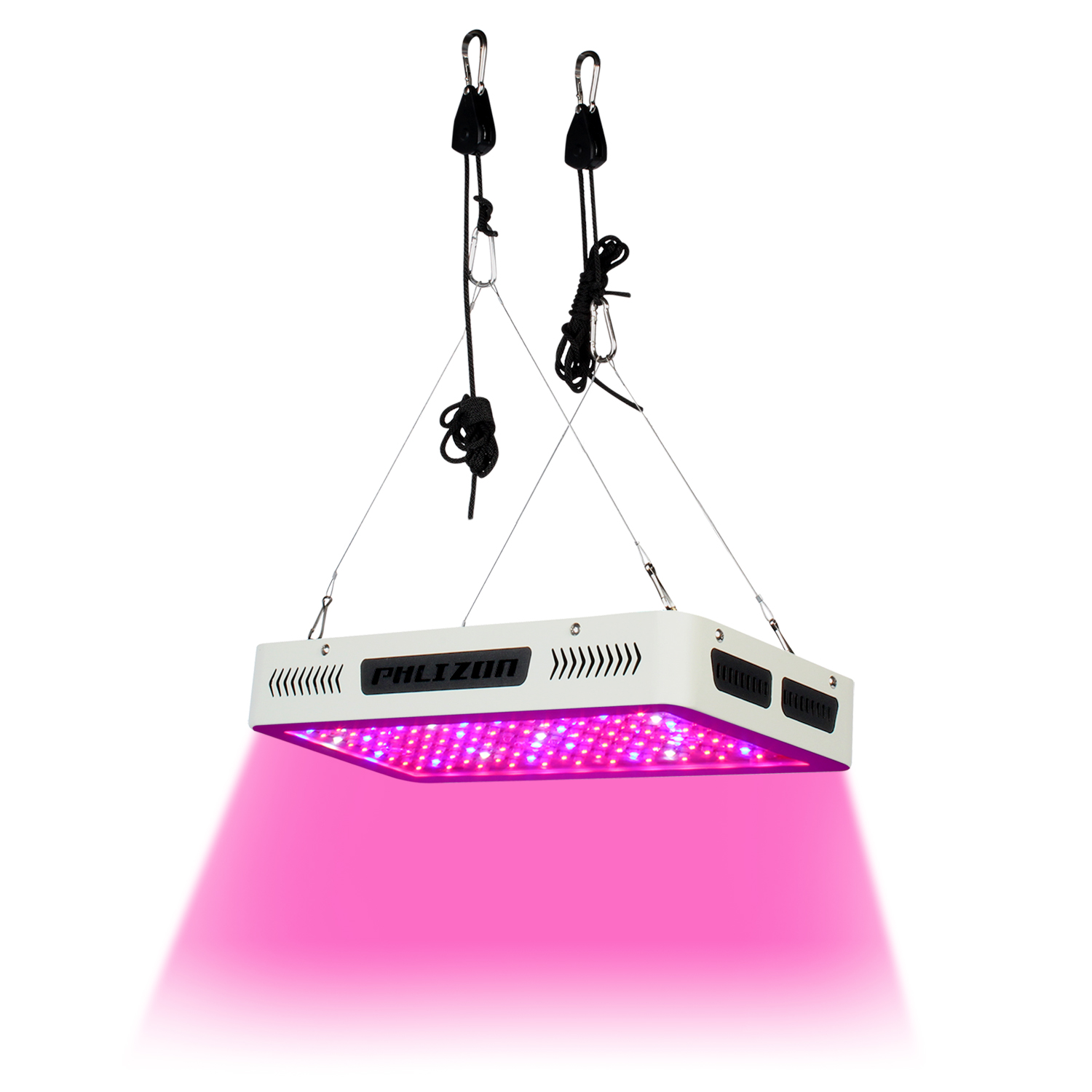



The Plug of LED Grow Lights you can use
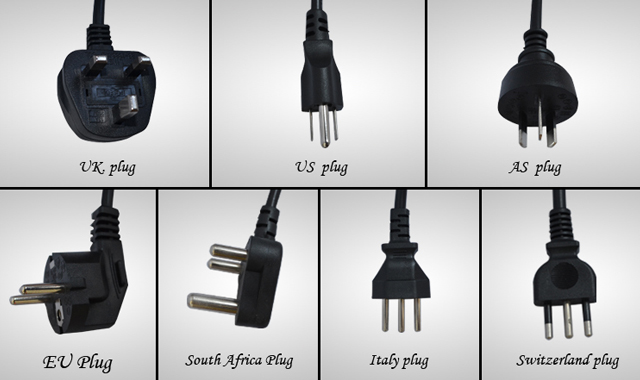
Application:
Ideal for all phases of plant growth, and works well with water solution culture and soil culture.Can be used in house garden,pot culture,sowing, breeding farm,flower exhibition,bonsai garden,green house,sowing farm,greenhouse cultivation,water soluble breeding, pipeline cultivation and so on.
Quality Control systems and after-sales

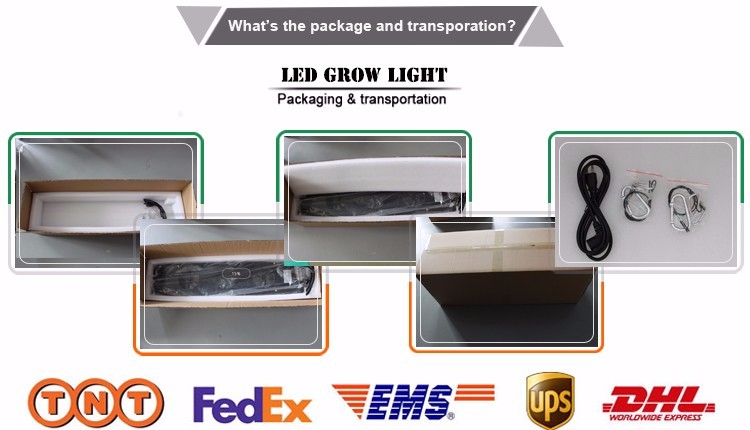
Philizon have over 6 years' experience in designing and manufacturing led grow lights. Persuiting to offer the best grow lights for plants growth, we cooperate with the scientific research institutes and the Academies of Agricultural Sciences in USA, Australia anada, UK and so on.A great number of commercial plant growers test the lights, and their feedbacks show that this lamp owns a lot of 640nm,660nm and 740nm lights, which gives the plants enough nutrient in the flowering and fruiting phase and bring a far higher yield than other led grow lights in the market.
Trade Terms
Payment: T/T, L/C, Paypal, 30% deposits before production, 70% balance to be paid before deliverying(Western Union are welcome)
Sample will be delivered within 7 working days.
Discounts are offered based on order quanlityes.
MOQ:sample order are acceptable
Delivery ways:DHL,UPS,FedEx,TNT, door to door,by sea,by air,etc.
Led Grow Lights For Herb,Led Grow Light,Double Chips Led Grow Lights,2000W Led Grow Light
Shenzhen Phlizon Technology Co.,Ltd. , https://www.philizon.com